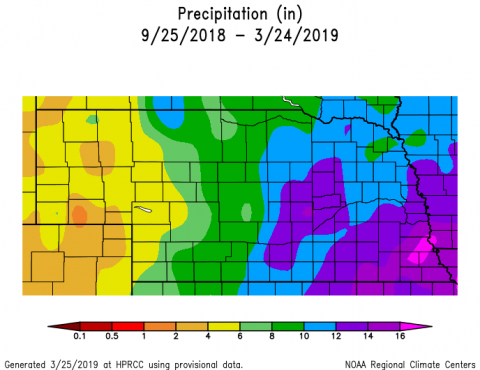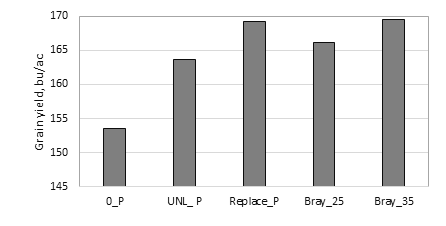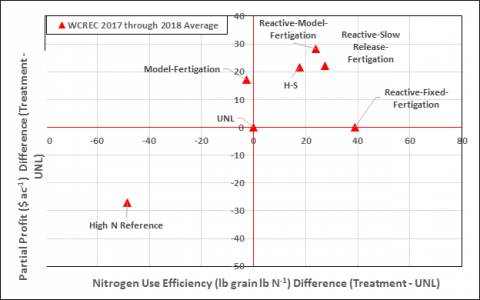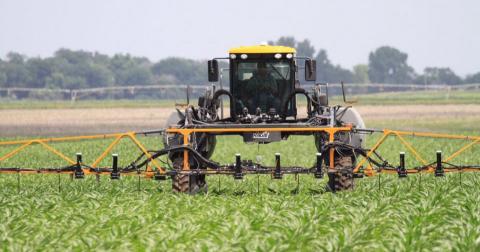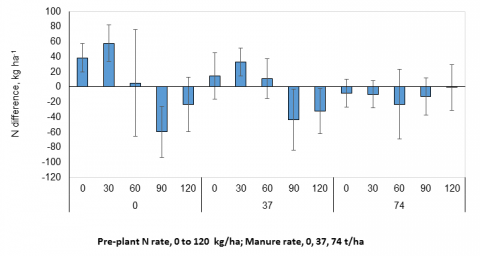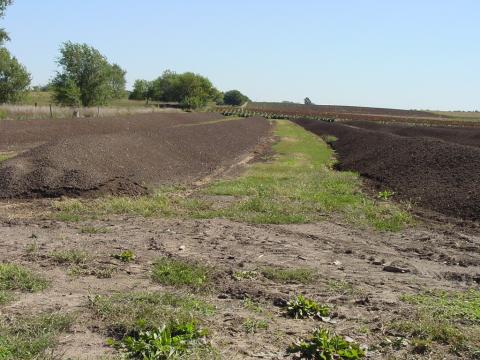Topdressing Winter Wheat with Fertilizer Nitrogen
March 26, 2019
Spring topdressing winter wheat with fertilizer N is an effective way to enhance winter wheat production and profitability. Check soil moisture and fertilizer and wheat prices to help determine N needs.
Nitrogen Inhibitors for Improved Fertilizer Use Efficiency
January 14, 2019
This article looks at how some nitrogen inhibitors temporarily reduce populations of Nitrosomonas and Nitrobacter bacteria, the soil bacteria responsible for converting ammonium to nitrite and nitrite to nitrate as well as what to look for in product claims.
Fertilizer P for Corn: Update of Research Findings and Revised Recommendations
January 9, 2019
Results of research conducted since 2000 to address fertilizer phosphorus (P) for corn will be reviewed. The current fertilizer P recommendations for corn will be discussed and revised recommendations presented at the 2019 Crop Production Clinics.
Profit and Nitrogen Use Efficiency Gain Using Sensor-Guided Fertigation
January 9, 2019
A UNL study of sensor-based and model-informed fertigation treatments confirms that sensor fertigation treatments are consistently the most profitable and efficient methods of applying N compared to current best management practices (BMPs).
Fertilizer Recommendations for Soybean Updated
January 10, 2019
The most substantial revisions to NebGuide 859 are in the sections addressing fertilizer nitrogen and iron.
Consequences of Fall-Applied N
November 9, 2018
A fall nitrogen application has a relatively high loss potential and is considered the riskiest N management practice. Consider breaking tradition and splitting your N applications next year to coincide with when your corn most needs more N.
Improved Use Efficiency of Applied Organic Nitrogen
January 8, 2018
An article from the Proceedings of the 2018 Nebraska Extension Crop Production Clinics about recent research to validate or adapt canopy sensor-guided in-season N application practices for fields with manure or other organic material applied and to improve the predictionof fertilizer N substitution for organic materials.
Adaptation of Canopy Sensor-Guided In-Season Nitrogen Application for Manured Fields
January 8, 2018
An article from the Proceedings of the 2018 Nebraska Extension Crop Production Clinics on research on land application of manure to enhance soil nutrients for crop production.


